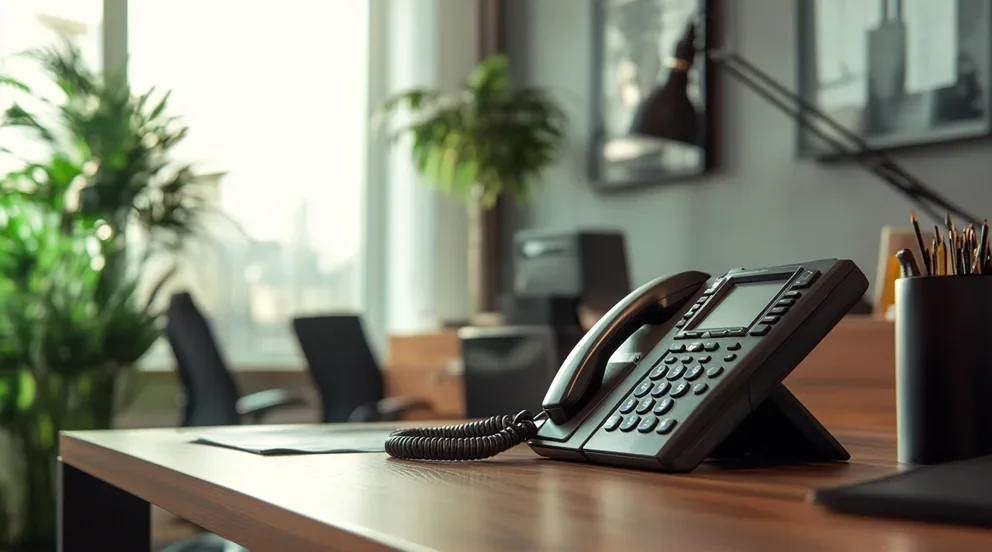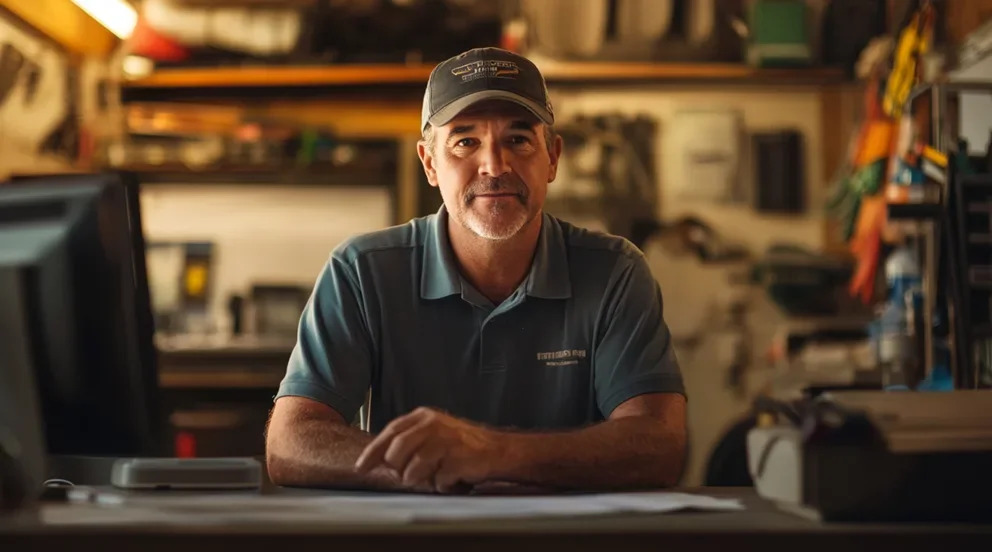What is Fire Suppression System Design?
Fire suppression system design is a specialized field of engineering that involves creating an effective fire safety plan for buildings and other structures. Fire suppression system designers utilize the latest technologies in fire prevention, detection, and suppression to create customized solutions for each environment. By understanding the challenges of different types of fires, they are able to create systems tailored to each building’s unique needs. A fire suppression system design includes many components, such as smoke detectors, sprinkler heads, alarms, pumps, and emergency lighting.
Designers take into account the specific risks that exist for each building when designing a system. This includes identifying potential sources of ignition and combustibles in order to determine the most effective methods for extinguishing or controlling fires. They also analyze the layout of the structure and its construction materials to choose appropriate fire suppressant chemicals or systems that can be used in combination with other elements in order to achieve optimal protection against fires.
In addition to selecting the right equipment for each particular application, designers also consider important factors such as water pressure requirements and fire alarm systems. After determining these specifications, they create detailed plans using precise measurements and diagrams which indicate where all necessary components should be installed in order to provide adequate coverage throughout the premises.
Fire suppression system design is an important component of any comprehensive building safety strategy. By utilizing professional expertise and specialized knowledge about fire protection technology, designers ensure that buildings are optimally equipped to reduce risk from potential fires and keep occupants safe from harm.
Who is licensed to create a Fire Suppression System Design?
In order to create a Fire Suppression System Design, it is necessary to hire a professional who is licensed and certified to design these kinds of systems. This type of specialist is typically referred to as a Fire Protection Engineer or Designer. They must have extensive knowledge of fire dynamics, building construction, fire detection and alarm systems, sprinkler systems, and other components involved in fire suppression system design.
The licensing requirements for Fire Protection Engineers varies from state to state, but generally speaking they must be registered with the local government’s fire marshal or equivalent authority. In addition to a valid registration card, these professionals often need additional certifications from accredited organizations such as the National Fire Protection Association (NFPA) and International Code Council (ICC).
When hiring a Fire Protection Engineer for your project it’s important that you check their credentials and registration status. It’s also important that they have experience in designing similar projects and can provide references from past clients who have been satisfied with their work. Additionally, you should ensure that any designs developed by the engineer are compliant with all relevant codes and regulations related to fire protection systems.
Finally, selecting an experienced engineer will help ensure that your project will function safely and effectively for many years after completion. The cost associated with hiring an experienced professional may be higher upfront, however it can save you both time and money in the long run by avoiding costly problems down the road due to poor design or code violations.
Key characteristics of a successful Fire Suppression System Design
A successful fire suppression system design is characterized by its ability to quickly detect and suppress a fire to prevent it from spreading, mitigating damage and potential injury. Essential elements of such a system include an early warning system, activation mechanisms, and the appropriate method for extinguishing the fire.
An effective early warning system should be able to detect the presence of smoke or heat in the environment quickly. Fire alarms with sensors that can respond to smoke, flames, or other signs of potential danger must be properly installed. Depending on the size of the building or facility, additional sensors may also need to be placed throughout to ensure prompt detection.
Activation mechanisms are critical for ensuring rapid response times when a fire breaks out. Automatic systems that activate fire suppression systems immediately upon detecting danger are best suited for this purpose. For manual systems, sprinkler systems should have an easy-to-access lever or button positioned near exits so that occupants can trigger them quickly as they evacuate. Additionally, regularly scheduled maintenance should be done in order to ensure all components are functioning correctly.
Lastly, select an appropriate method for extinguishing fires based on the circumstances. Water sprinkler systems are typically used in most buildings but may not be suitable for sensitive areas such as computer server rooms due to water damage concerns. In such cases, gas-based suppression systems like halon may provide better protection with minimal risk of collateral damage from water runoff or corrosion.
Proper implementation of Fire Suppression System Design
Properly implementing fire suppression system design requires careful consideration of several factors. First, the risk assessment should be conducted to determine the type and size of fire that could potentially occur in order to select the right system for your facility. This typically includes an analysis of the type of combustible material present, as well as a review of potential fuel sources. Secondly, it is important to consider any special requirements and conditions applicable to your facility. For instance, certain areas may require additional protection due to hazardous materials or processes taking place in them. Thirdly, careful attention should be paid to building code compliance. Fire suppression systems must be designed and installed in accordance with relevant codes and standards, including those from local authorities and the National Fire Protection Association (NFPA).
Finally, it is essential that systems are regularly inspected and tested by qualified personnel in order to ensure they remain compliant and properly functioning at all times. Regular maintenance should also be conducted as part of an overall preventive maintenance program; this includes testing, inspection, replacement of parts or components when necessary, and regular training for those who use or manage such systems. By ensuring that all these steps are taken prior to installation and followed after commissioning, organizations can ensure their fire suppression system design is properly implemented.
New solutions for the maintenance of Fire Suppression System
The maintenance of Fire Suppression Systems is a critical component of fire safety. Modern fire suppression systems are designed to be smarter, more reliable, and easier to maintain.
One solution is to use advanced technologies such as sensors for remote monitoring and automated alerts that can notify technicians when maintenance is required. These sensors can detect changes in pressure and flow rate, identify clogs or obstructions, and even monitor the remaining life of system components. Remote monitoring technologies can significantly reduce the need for manual inspections while ensuring the system is always running at optimal efficiency.
Some fire suppression systems include controllers that are programmable with multiple settings – from basic configurations to specialized requirements – allowing technicians to configure each system for specific needs. These controllers can also be programmed with reminders and notifications that alert operators when regular maintenance or inspection tasks are due.
In addition, many companies offer comprehensive maintenance services which can provide timely maintenance checks on all system components while ensuring key parts are tested regularly for performance and reliability. This type of service helps minimize downtime in case of emergency situations by detecting potential issues before they arise.
Finally, manufacturers should ensure their products meet industry standards by certifying them through nationally recognized testing laboratories (NRTLs). This certification process ensures that the fire suppression systems meet safety requirements and will properly perform in an emergency situation.
Signs that point businesses to upgrade their Fire Suppression System
Businesses should consider upgrading their fire suppression system if it is outdated, malfunctioning, has been recalled, or is not suitable for the size and type of space. An old fire suppression system may be missing out on important safety features that are available with newer models. If a business experiences rapid growth or remodeling, their existing fire suppression system may not adequately cover the newly expanded area. It is also possible that a business has purchased a fire suppression system that does not meet local building codes or regulations set by insurance companies and local authorities.
Malfunctioning sprinklers, pipes, alarms, and other parts of the fire suppression system can create dangerous situations in case of an emergency. Regular inspections to check the condition of all components should be a priority for any business owner looking to protect their company against potential risk. In addition to regular inspections, businesses should research what types of technology advancements are available in current models so they can make an informed decision when considering an upgrade.
Fire suppression systems can become less effective over time due to wear and tear from normal use and environmental exposure such as extreme temperatures or moisture levels in the air. In order ensure optimal performance of the existing system, businesses should also consider having routine maintenance checks done on a regular basis to ensure all parts are working correctly and up-to-date with safety standards. Businesses should also closely monitor water pressure levels within the pipes as this can directly affect how well the sprinkler system will function when needed most – during an emergency situation.
By keeping these important safety considerations in mind, businesses can help protect their investments from potential losses due to fires while ensuring their staff members remain safe in case of an emergency.


